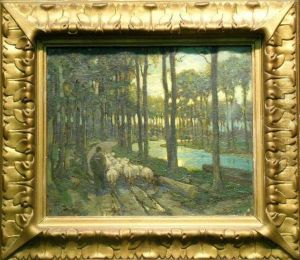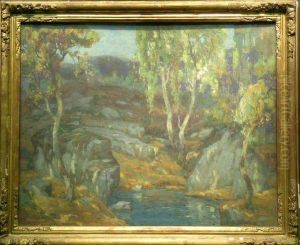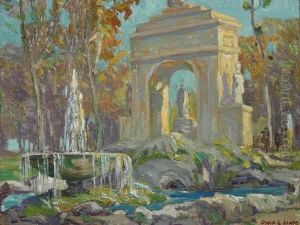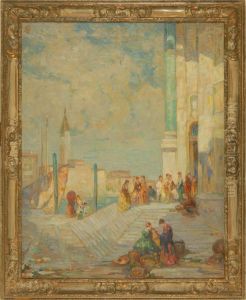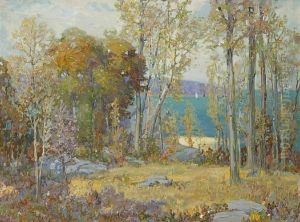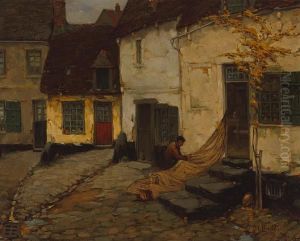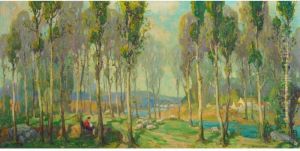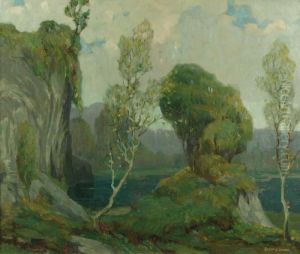Ossip L. Linde Paintings
Ossip Ludwigovich Linde was a notable Russian painter and graphic artist, born on January 23, 1871, in St. Petersburg, Russia, into a family with a rich artistic background. His father, Ludwig Linde, was a recognized lithographer, which provided Ossip Linde with an environment conducive to developing his artistic talents from an early age.
Linde's education in the arts began at the St. Petersburg Academy of Arts, where he studied from 1890 to 1897. He was a student of the famous Russian artists Ilya Repin and Arkhip Kuindzhi, both of whom had a significant influence on his style and technique. Linde excelled in his studies and was awarded a silver medal for his achievements at the Academy.
After completing his formal education, Linde traveled extensively throughout Europe, an experience that broadened his artistic perspectives and exposed him to various artistic movements. He was particularly influenced by the works of the Old Masters, which is evident in the classical techniques and composition present in his own paintings.
Upon returning to Russia, Linde became an active member of the Russian art community. He participated in numerous exhibitions and became affiliated with various artistic societies, such as the Society of Russian Watercolorists. Linde's work during this time was characterized by his use of vibrant colors and his ability to capture the nuanced interplay of light and shadow, a skill likely honed by his exposure to the works of the European masters.
As Linde's career progressed, he also engaged in teaching, passing on his knowledge and skills to the next generation of artists. Unfortunately, with the advent of the Russian Revolution in 1917 and subsequent political turmoil, Linde, like many of his contemporaries, faced challenges that affected his career and personal life.
Ossip Linde died on March 18, 1941, in Leningrad (present-day St. Petersburg), leaving behind a legacy as a master of Russian art, known for his landscapes, portraits, and genre scenes. His works continue to be appreciated for their technical mastery and evocative beauty, reflecting the rich tradition of Russian painting at the turn of the 20th century.
